Astanga Vinyasa Yoga: Yoga Cikitsa
The origins of Yoga trace back to the dawn of time, placing the first historical mentions between 2500-3000 BC. The first artefacts, resembling ancient seals carved in stone, have been recovered during excavations of the ancient cities of Mohenjo-daro Harappa built by the Indus Valley Civilization. It would be incorrect to define Yoga as a religion, as it lacks clear reference to the worship of a specific deity. The term Yoga derives from the Sanskrit root Yuj that means to bind together or unite, thus evoking the same significance inherent in the English word yoke. Hatha Yoga is confined to a more energetic and physical category, focusing mainly on the importance of the body rather than on lofty philosophical ideas found in ancient schools, such as the Vedānta. Hatha Yoga. Swami Vivekananda, Annie Besant did not hide their contempt for the discipline. Swami Kuvalayananda from the Kaivalyadhama Institute of Lonavala and Śri Yogendra from Bombay began to examine the yoga postures and pranayama exercises from a scientific point of view, giving respected opinions on the efficacy of such techniques, and slowly rescuing Hatha Yoga from the haze of magic and charlatanry in which it had been enveloped. After them we have Swami Śivananda and his school, Śri Krishnamacarya and his lineage of teachers that have completely overturned the negative opinions of the times. Hatha Yoga comes directly from the tradition of Gorakhanāth as he is known for creating a synthesis between various traditions: Śaivism, Tantrism and Siddha tradition5. Śaiva is considered the main divinity, along with the 84 Siddha and 9 Natha. Hatha Yoga is also called “forceful yoga” because of its use of particular techniques, such as breath control, in order to unite solar energy (Ha) with lunar energy (Tha).
Get it now and save 10%
BECOME A MEMBER

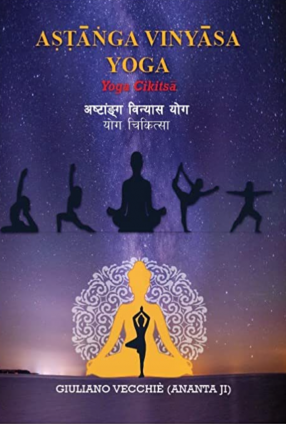
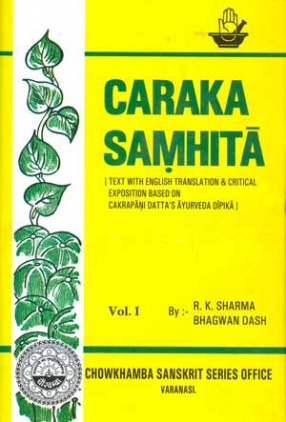
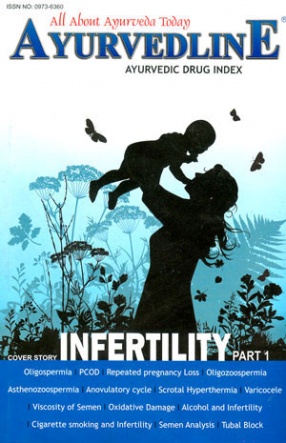
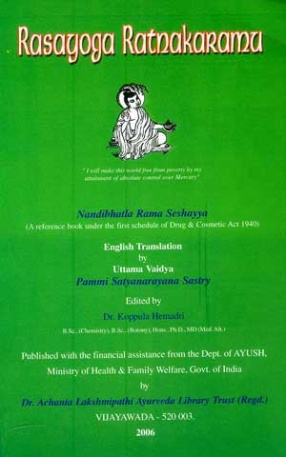
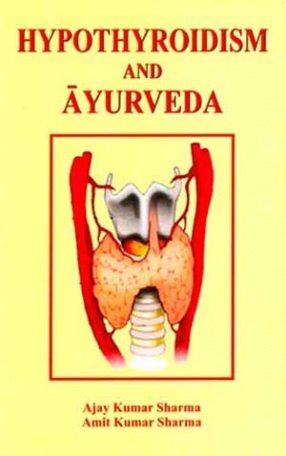

Bibliographic information